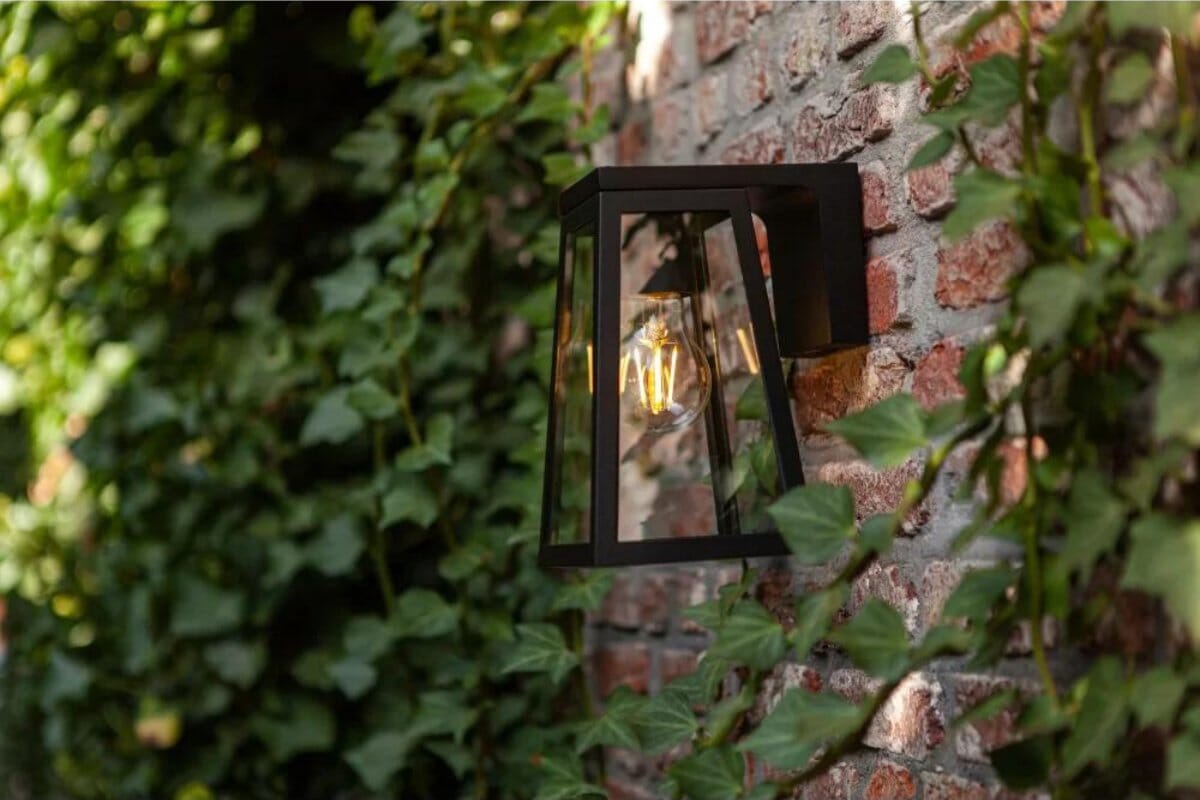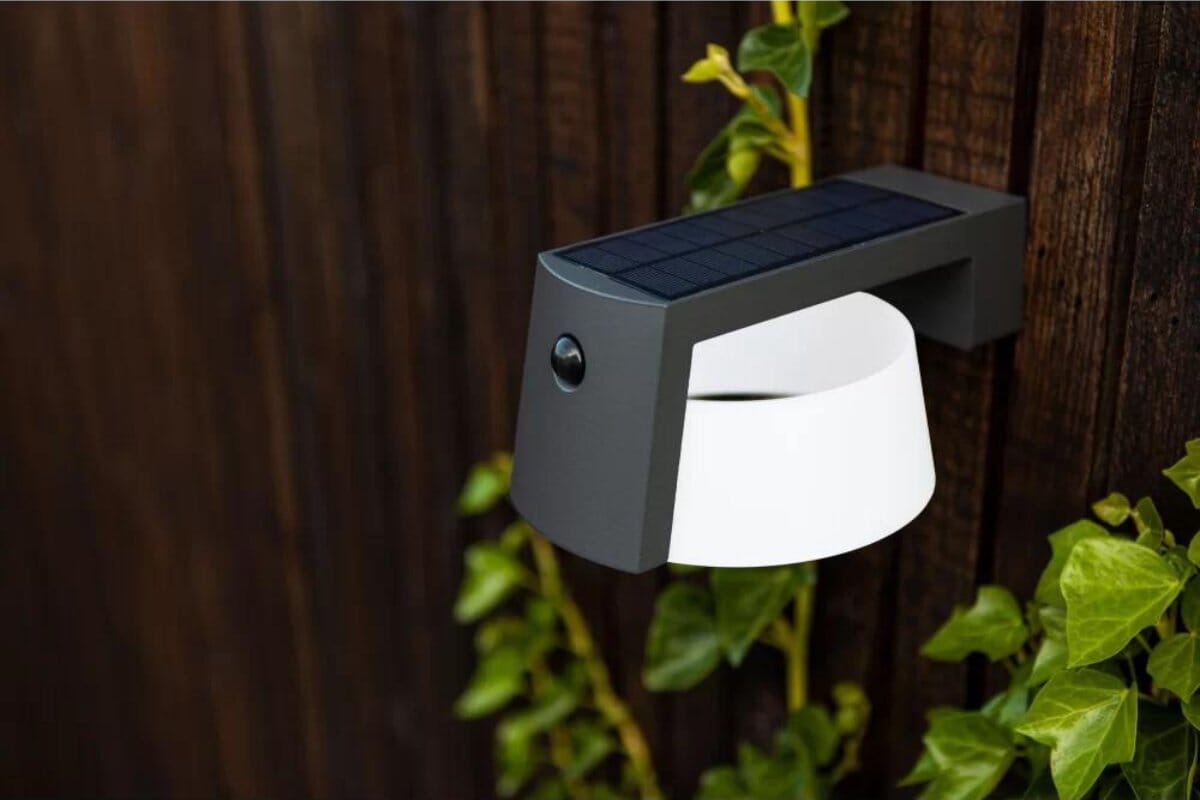When you're considering purchasing solar lights for your garden or outdoor space, one of the most common questions is whether these eco-friendly lighting solutions need direct sunlight to charge effectively.
The short answer is no, solar garden lights don't necessarily need direct sunlight – but there's much more to understand about how these innovative lights work and how to get the most out of them.
How Solar Lights Work
Solar lights harness energy from the sun through photovoltaic panels (solar cells) that convert sunlight into electricity.
This electricity is then stored in rechargeable batteries that power the LED lights when darkness falls.
The science behind this process is remarkably efficient, but several factors affect how well your solar lights will perform.
The Solar Charging Process
- Light absorption - Solar panels capture photons from sunlight
- Energy conversion - Photovoltaic cells convert these photons into electrical current
- Battery storage - The electricity charges internal batteries
- Automatic illumination - When ambient light levels drop, the stored energy powers the LED lights
Direct vs Indirect Sunlight: What's the Difference?
While direct sunlight provides optimal charging conditions, solar lights can still charge in indirect light.
Let's break down what this means for your outdoor lighting:
Direct Sunlight Charging
Direct sunlight occurs when the sun's rays hit the solar panel without obstruction.
Under these conditions, solar lights typically achieve:
- Maximum charging efficiency (100%)
- Faster charging times (4-6 hours for a full charge)
- Longer illumination periods (8-10+ hours)
Indirect Sunlight Charging
Indirect sunlight includes:
- Shade - Areas partially blocked from the sun
- Cloudy days - When clouds filter sunlight
- Winter sunlight - Lower sun angle and fewer daylight hours
Under these conditions, solar lights may operate at:
- Reduced charging efficiency (30-70%)
- Longer required charging periods
- Shorter illumination times
Do Solar Garden Lights Work in Shade?
Yes, solar lights can work in shaded areas, but with some important considerations:
- Solar panels will still collect ambient light in shaded locations
- Charging efficiency decreases significantly (potentially by 50-80%)
- Runtime will be shorter than if placed in sunny positions
- Solar lights specifically designed for shade may perform better
Best Practices for Solar Light Placement
To maximise the performance of your outdoor solar lights:
- Position strategically - Place solar panels facing south (in the Northern Hemisphere) for maximum sun exposure
- Avoid deep shade - Try to ensure at least 3-4 hours of good light exposure daily
- Keep panels clean - Dust and debris can reduce charging efficiency
- Consider seasonal adjustments - You may need to reposition lights as the sun's path changes
- Choose appropriate models - Look for solar lights with larger panels or enhanced sensitivity for shadier locations
Solar Lights for Different Garden Areas
Different areas of your garden will receive varying levels of sunlight.
Here's how to select appropriate solar lighting:
Sunny Patio Areas
Standard solar lights will perform excellently here, potentially providing 8-10+ hours of illumination.
Partially Shaded Pathways
Choose solar lights such as solar bollard lights with larger panels or more efficient monocrystalline solar cells that can make the most of limited sunlight.
Heavily Shaded Spaces
Consider solar lights specifically marketed for shade, or position the solar panel separately in a sunnier spot if the light allows for this.
Enhancing Solar Light Performance
To get the most from your solar garden lights:
- Select quality brands - Higher quality solar cells and batteries typically perform better in suboptimal conditions
- Look for adjustable panels - Some models allow you to angle the panel toward the sun while positioning the light where you need it
- Consider separate panel systems - For very shady areas, solar lighting systems with detached panels can be ideal
- Check battery specifications - Higher capacity batteries will store more energy for longer operation
Troubleshooting Common Solar Light Issues
If your solar garden lights aren't performing as expected:
- Insufficient charging - Ensure they're receiving enough light during the day
- Dirty panels - Clean the solar panels regularly
- Battery degradation - Rechargeable batteries typically need replacing every 1-2 years
- Winter performance - Expect reduced runtime during winter months due to less sunlight
Final Thoughts
Solar lights don't necessarily need direct sunlight to charge, but they certainly perform better with more exposure to the sun.
For optimal performance, aim to position your solar lights where they'll receive at least some direct sunlight during the day. If your garden has shaded areas you wish to illuminate, look for models designed to operate efficiently with minimal sun exposure.
With thoughtful placement and appropriate selection of solar garden light models, you can successfully illuminate even the shadier parts of your garden while enjoying the energy-saving benefits of solar power.



